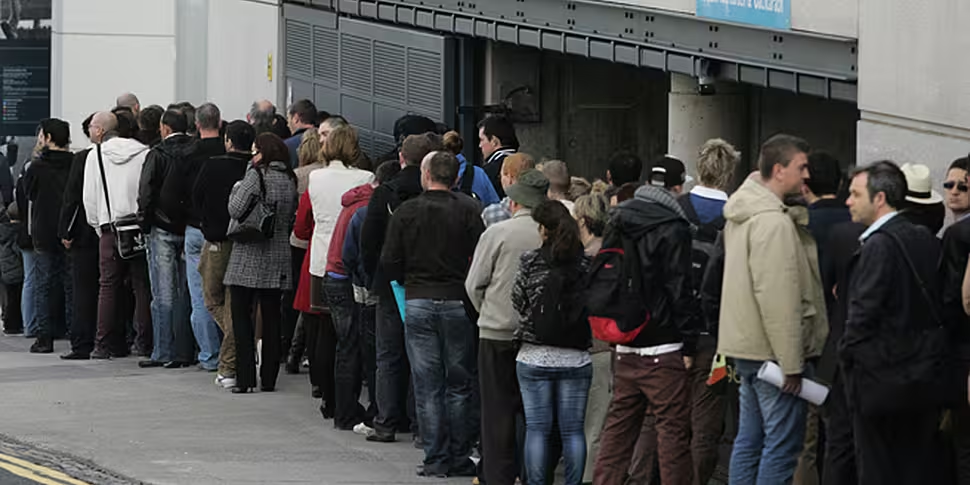Longford was the county with Ireland's highest unemployment rate in Census 2016, with 19.6% of its people out of work last year.
At the other end of the scale, the administrative county of Dún Laoghaire-Rathdown had the lowest unemployment rate (7.4%) in the country.
The fresh CSO figures show that over two million people were in the workforce in April 2016, up 199,281 on Census 2011.
The number of women at work stood at 929,967, an increase of 77,148 (9%) since 2011. The number of men at work grew by 122,133 (12.8%) to 1,076,674.
When examined by age, the greatest increase was seen in women aged 35-44 (45,373) followed closely by men in the same age group (44,624).
The overall unemployment rate fell from 19% to 12.9%.

cso.ie
Donegal showed the largest change, decreasing from 26.2% in 2011 to 18% last year, followed by Monaghan which fell from 20.6% to 13% in 2016.
Eight out of the 10 highest unemployment blackspots in the country – where rates are in excess of 27% and the labour force exceeds 200 people – are in Limerick City.
There are 79 such blackspots where unemployment rates average 31.2%,
The administrative areas Dublin City, Cork City, Limerick City and County and Waterford City and County contained 39 of the 79 unemployment blackspots across the country.
Limerick had 18 blackspots, with Waterford in an inglorious second place with nine.

cso.ie
Nationwide, unemployment is most prevalent among young workers aged 15-34, and older workers aged 55-64.
The number of men with "homemaker" status rose by 15% in the period, although at 20,747 they still only represented 6.8% of all homemakers.
Almost four out of every five jobs in Ireland were in the services sector (accounting for 78.6% of all employment). This is in stark contrast to the situation 50 years ago, when the sector accounted for 41.2% of jobs.
Conversely, agricultural employment has drastically declined. The sector accounted for 4.6% of total employment in 2016, compared with 31.3% in 1966.
Some 88.2% of workers in the agriculture sector in 2016 were male.









